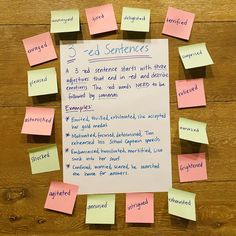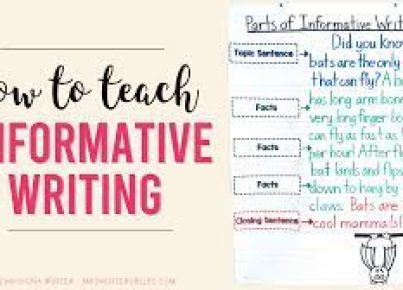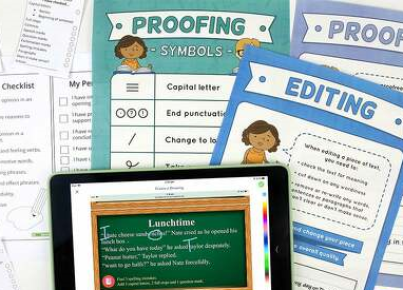Have you ever read a piece of student writing and felt it was a little… lacking? Teachers across the globe recognize that one of the common areas where young writers need improvement is in sentence expansion. It is not just about adding more words; it is about adding depth, detail, and clarity to their writing. Teach Starter’s blog post titled “Expanding Sentences: How To Improve Student Writing” delves into practical strategies to help students transform their sentences from bare bones to flourishing expressions of thought.
The post begins by explaining why sentence expansion is vital. It’s not an exercise in verbosity; it’s an opportunity for students to express their ideas more clearly and engage their readers with vivid detail. Moreover, learning to expand sentences helps students enhance their overall writing structure, making their narratives or explanations more comprehensive and enjoyable to read.
One key technique highlighted in the blog is the use of ‘wh’ questions: who, what, when, where, why, and how. By considering these questions when revising a sentence, students can naturally add information that clarifies and enriches the original statement. For instance, the sentence “The dog barked” can transform into “The big brown dog barked loudly in our tranquil backyard as we played during the warm summer evening.” This expanded version not only tells us more about the dog but also sets a scene and develops atmosphere – giving the reader a much richer experience.
Another suggestion is the incorporation of adjectives and adverbs. Young writers often overlook these descriptive words’ ability to convey emotions and images vividly. The blog emphasizes that using sensory details—those that appeal to sight, sound, smell, taste, and touch—can significantly lift a reader’s engagement with the text.
Teach Starter does not leave teachers without resources; it offers teaching materials such as educational posters and worksheets that provide visual reminders to students about ways they can expand their sentences. For instance, educational posters can be powerful reference tools displayed in a classroom setting reminding students about using adjectives, adverbs, and varying sentence structures.
In addition to these strategies, the blog suggests encouraging peer review sessions whereby students can exchange papers and offer suggestions on sentence expansions. This collaborative learning not only bolsters writing skills but also fosters critical thinking as students analyze each other’s work.
The underlying message from Teach Starter’s blog post is clear – expanding sentences isn’t just a style choice; it is a crucial part of developing student voice and improving communication skills. Through mindful practice and employing varied techniques to flesh out sentences, teachers can lead students towards greater proficiency in writing that stands out for its clarity and richness of detail.
As teachers look ahead to improve their student’s writing abilities, incorporating Teach Starter’s guide on expanding sentences offers an enriching path for young writers eager to see their worlds bloom on paper. The article assures that with regular practice and constructive support from educators, all students have the potential to deepen their writing skills dramatically – one expanded sentence at a time.





